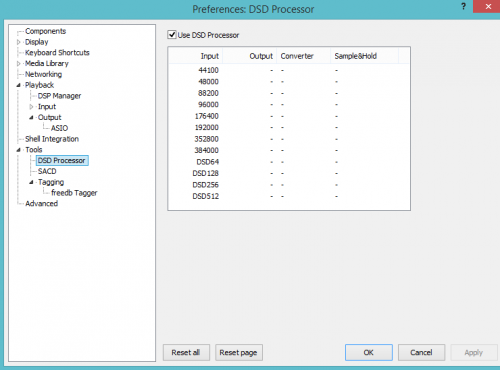New to posting here. I may have missed it but does the x20 Pro have op amps in it that can be changed to something like Burson discrete op amps? Thanks.
There are two surface mount ADA4898-1 ultra low-noise op amps per channel, used for converting the ES9028pro differential current outputs to voltage output. They are not easily replaced. They are very, very good, so not sure you would want to replace them. These are like the famous AD797, but half the price at about $2.29 each, and much higher speed, which is what you want for low distortion DAC current to voltage conversion. The price for the much faster speed is -110 db THD versus about -120db THD for the AD797. I doubt any other op amp or discrete amp could better Gustard's choice.
If you want to swap op amps, there is another ES9028pro DAC which may interest you when they work out the bugs of the current firmware. I bought one a few weeks ago and its version 1.0 firmware only worked for USB input, not coax or optical inputs! The output stage is reference standard ESS. There is a dual op amp on each channel for balanced outs, and then a second single to convert those to single-ended outs. All but a couple parts are through-hole, so they too can be more easily upgraded. This seller stopped responding to me after I asked a couple times about getting firmware that works. Meanwhile Gustard support from topsales has been first rate.
The version I bought was a premium version with Noratel toroidal transformers, Muses 8920 op amps for I/V conversion, and AD797 for the balanced to single output conversion. There are two 4.7k SMT resistors right before the first op amps. Capacitors are all high grade: WIMA, Nichicon audio caps, and Oscon for digital sections. My Amero USB to I2S board uses the miniature, and probably higher jitter oscillators. The circuit board is labeled: Heart ESS9018 V1.1 2015-5-12.
http://www.chinaaudiostore.com/274-latest-es9028-es9028pro-premium-32bit-384k-dsd-dac-da-converteroptional-asynchronous-usb-input.html#/11-color-black/35-usb_input-amanero_italy
Compared to the x20pro, the above "designed by
Weiliang"
"Breeze Audio" dac is smaller, has half the size (25w) transformers, no remote, no phase reverse, no +6 and +12 levels, no discrete output buffers, no AES input, a single shared noisier regulated (LM 317/LM337) power supply shared by both output channels, and just one dac chip. What is better than Gustard is a low jitter 100MHz clock right next to the dac chip, and low noise diodes everywhere, while the Gustard only has them on the input/clock and display boards. Baffling why Gustard didn't use soft recovery diodes on the output board (topped out budget?). Stock, I think the Breeze sounds slightly better than Gustard, but after some minor mods to the Gustard, its better and with more potential. Oh, and the Breeze costs less than half as much. I've not tried upgrading the Breeze op amps yet, but likely will try ones from Sparkos after I get a firmware fix. Other opportunities are DC-coupling the balanced outputs, upgrading the 3 terminal voltage regulators with discrete replacements, and upgrading the resistors and capacitors in the outputs.
The DC-blocking caps in the signal path are little green Nichicon 10uf/25v electrolytics bypassed with Wima films. I am not sure if they are genuine Wima caps as there is no indication if they are MKP or other dielectric. I'm no expert in detecting Chinese fake parts or what genuine Wima caps should look like. They are red, boxes that say Wima for sure. Another strange thing is the ESS dac chip appears like someone tried to remove the markings with acetone/sanding, as is sometimes done to protect intellectual property in electronics.
My criteria for "better" is a more relaxed and musical sound and bigger, more 3 dimensional soundstage through speakers - not sure you'd appreciate it as much on headphones.
Meanwhile, Oppo seems to have delayed their ES9038pro DAC yet again, saying "early 2017" availability.
So, again, DON'T buy the above DAC if it has ES9028 V1.0 firmware. Wait for them to fix it so coax and optical toslink work. I got the Amero USB board, though XMOS is available too. Oh, one other problem with it: the female RCA jacks are just ever so slightly too big in diameter. My cables plugged in fine, but my ifi TOSLINK iPurifier wouldn't fit, which is a problem because it really improves SQ. Well, when they get coax SPIDIF working, that is.





















